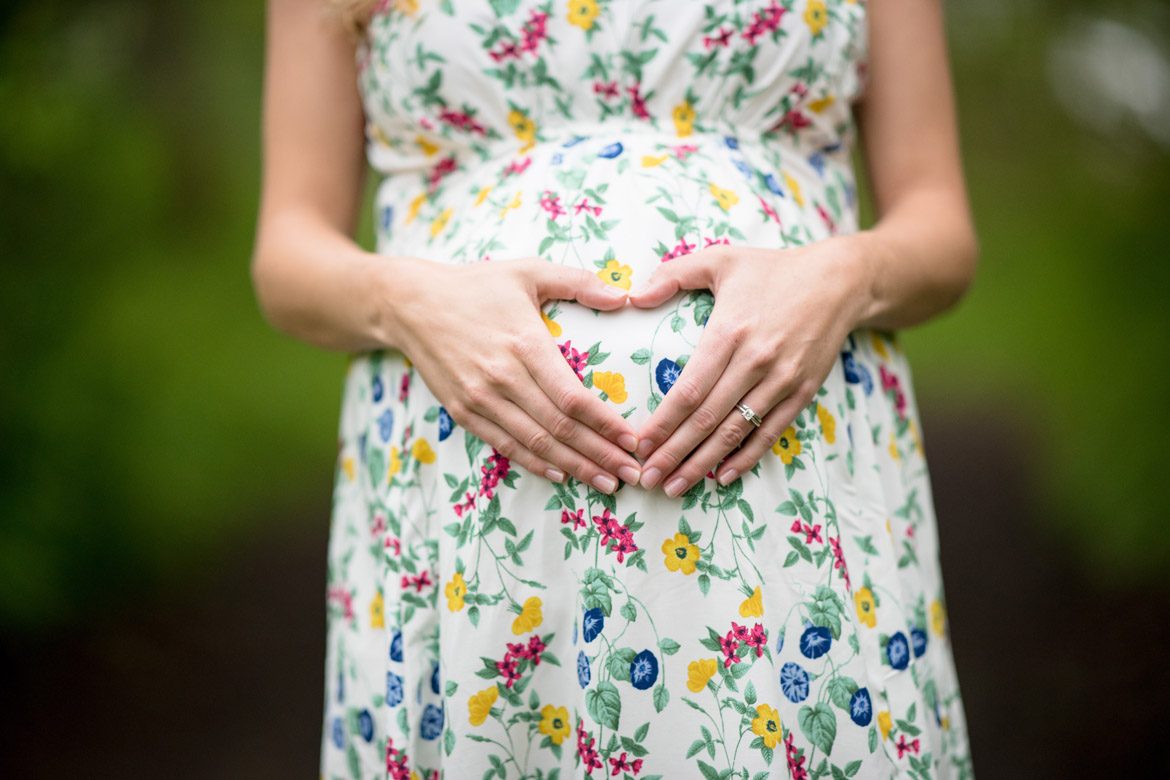Researchers from Karl Landsteiner University of Health Sciences (Austria) and the Medical University of Vienna explain workings of placental transport systems; spotlight on mercury and iron.
Krems (Austria), 19 February 2019 – The toxic heavy metal mercury can find its way into the blood of unborn babies through the placenta by “camouflaging” itself as an amino acid. This finding was the outcome of research carried out by a team from Karl Landsteiner University of Health Sciences and the Medical University of Vienna (both Austria). In contrast, little is known about placental transport of iron, an essential element that is often found in insufficient quantities in expectant mothers and their unborn foetuses. Based on the methods used and experience gained in the mercury study, the inter-university team is now looking at this transport process in a new project, which is also being supported by NÖ Forschungs- und Bildungsges.m.b.H. (NFB).
Facilitating the exchange of metabolites, nutrients and gases between mother and foetus is one of the most important functions of the placenta. It is vital that harmful substances in the mother’s blood do not threaten the life of the unborn child. The placenta is effective at blocking cadmium and lead, but the protective mechanism fails to stop mercury. This toxic heavy metal is transported from the mother’s blood stream into the foetus’s circulatory system with astonishing efficiency. Until now, it was not clear how this happens, but now a team of physicians from Karl Landsteiner University of Health Sciences in Krems (KL Krems) and the Medical University of Vienna (MUV) has verified the reasons.
MIMICRY & DECEIT
“Essentially, the cause is very simple,” explains Prof. Claudia Gundacker, who headed the research team. “Mercury is present in the blood in a form that is structurally similar to an amino acid which the placenta absorbs from the mother’s blood. So the mercury ‘disguises’ itself and deceives the system.” In fact, mercury, including the neurotoxicant methylmercury, bonds easily with amino acids like cysteine, which contains sulphur. This compound of mercury and cysteine is similar to the amino acid methionine, which is taken up by the placenta using a specific mechanism known as system L.











